ANDREA TETANGCO dress, IÑIGO VILLEGAS top, VANIA ROMOFF skirt. Photographed by Borgy Angeles
In time for this year’s Halloween weekend, horror writer and paranormal researcher Yvette Tan talks to the author of Philippine Spirits, Karl Gaverza, about the Philippines’ four most popular creatures of folklore.
Humans have always been fascinated by the supernatural, and Filipinos are no different, particularly around November 1 and 2. These two holy days are collectively called Undas, an acronym for “Unos Dias de los Almas y de los Santos, or the “Days of the Souls and Saints.” This has become even more with the adoption of Halloween festivities every October 31.
Folklore isn’t just “the old ways.” These beliefs and traditions, nowadays commonly ascribed to superstition, had (and maybe still has) a purpose: they kept communities safe. For example, “Don’t go out or the aswang will eat you” kept children from wandering outside at night. Of course, such beliefs also had their dark side. An independent woman who preferred to live apart from the community might be branded an aswang, for example.
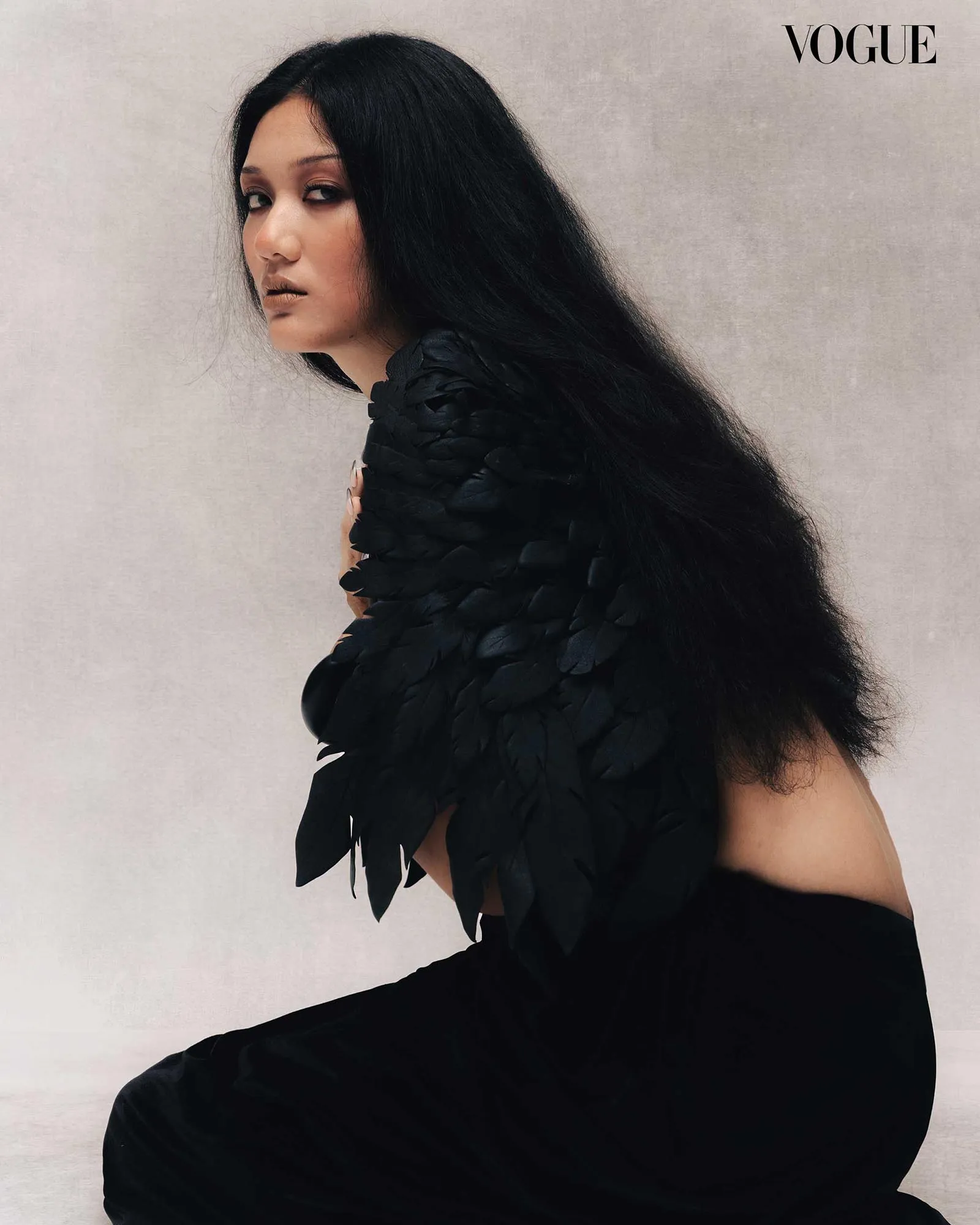
“Beliefs in folklore and the supernatural are reflections of the society they are believed in,” narrates Karl Gaverza, author, researcher and founder of Philippine Spirits, a book series and website dedicated to promulgating the different mythologies from the Philippine archipelago. “In the sense of the Philippines, including the diaspora, there is a yearning for identity and folklore helps shape that. You can tell where a person is from based on the stories that they tell, for example if they talk about the wuwug (a kind of aswang), then you know they are from Eastern Visayas.”
And while there’s a growing local interest in lower mythological beings (the term used to describe creatures of folklore versus creatures of myth, such as gods and heroes), four creatures continue to be the most well-known, standing the test of time in both memory and pop culture: the engkanto, duende, kapre, and aswang, particularly the manananggal.
“These beliefs can seem antiquated but there are many people in the Philippines that take their existence as fact. There are always stories of these creatures from all parts of the Philippines. Aswang stories can range from the north of Luzon to Mindanao,” Gaverza says in reference to the creatures’ enduring popularity. “Engkanto-like creatures are present wherever there’s a balete tree. Kapres are known for their smoke dusting even the most remote villages. Duende are present in many tales from old families.”
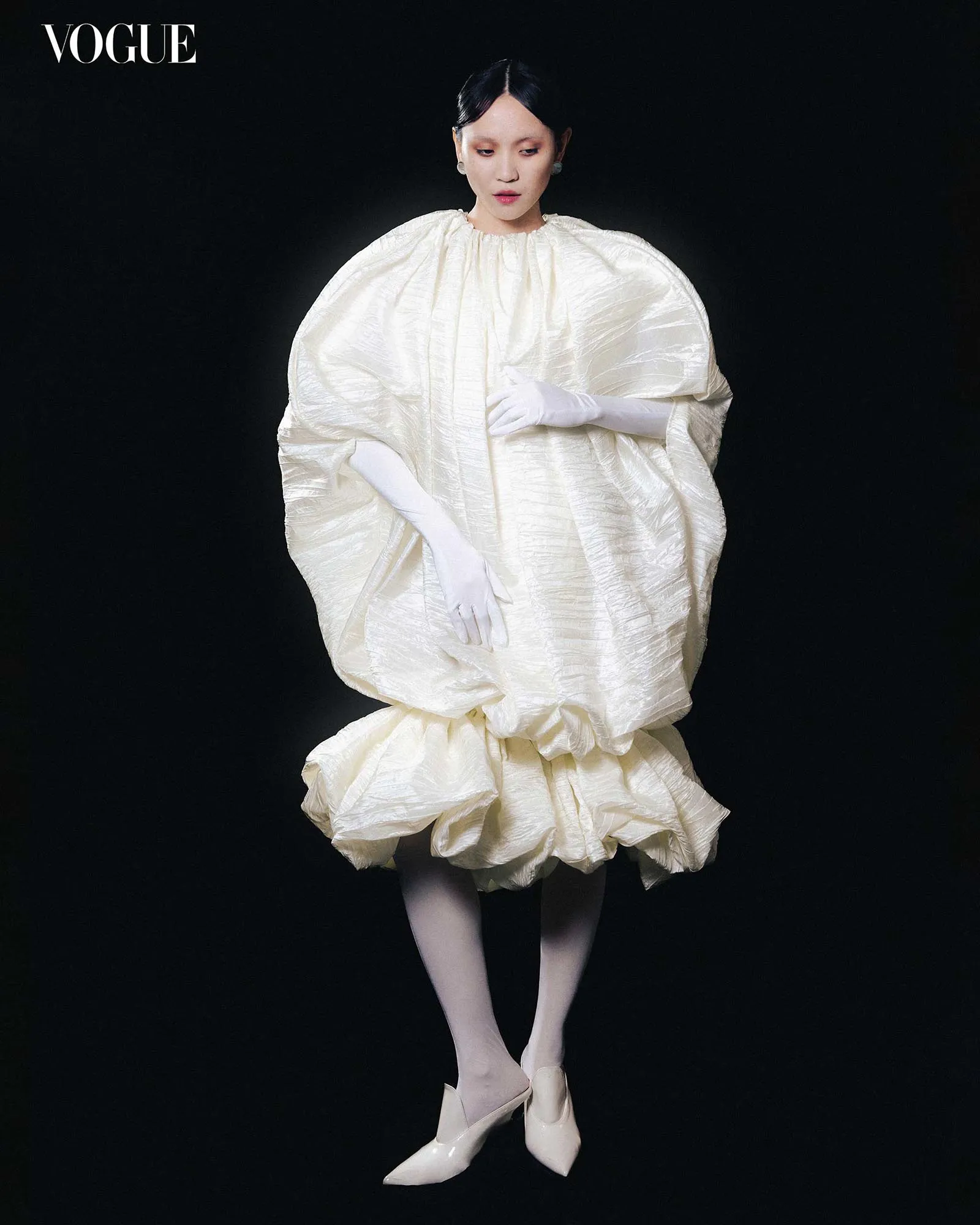

Even though these four have been the most recognized Filipino lower mythological creatures for generations, people are still discovering new things about them based on old beliefs. Read on for some of them below.
Engkanto

Engkantos are believed to be beautiful and glamorous humanoid beings akin to fairies from Celtic mythology. Like their Western cousins, they are playful, capricious, and prone to falling in love with humans and luring them to their otherworldly realm.
“If a human eats black rice in the engkanto or engkanta’s domain they can never return home,” Gaverza says. “Time flows differently in this domain, centuries can pass but it feels only an hour has elapsed. If an engkanto falls in love with a human, that human will progressively get weaker until they meet their end. It is said that when that human dies, their soul goes to the engkanto’s realm.”
Engkantos can easily be identified by their lack of a philtrum, the indentation between a person’s nose and upper lip. But of course, one has to get near enough to actually spot this.
Kapre
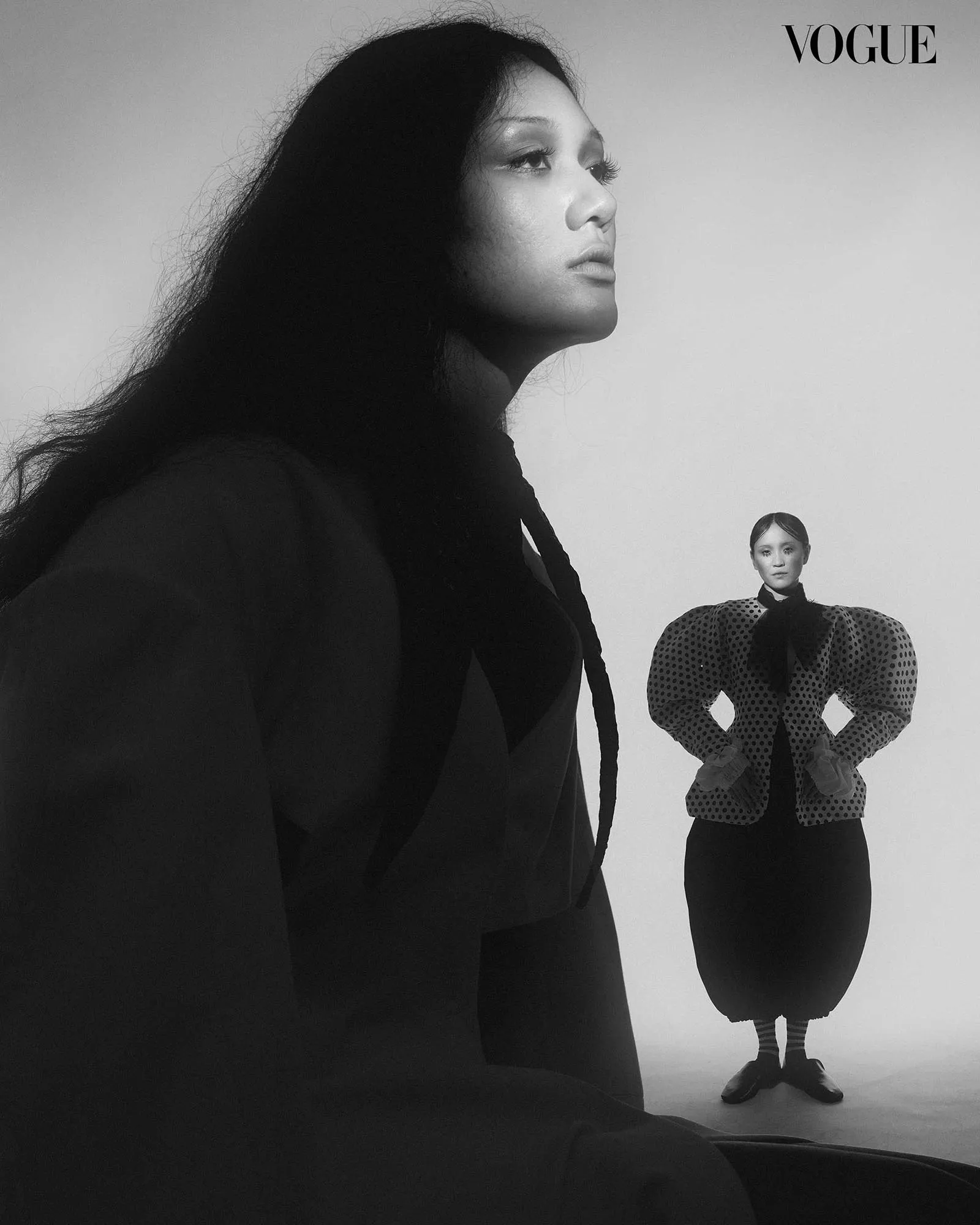
Kapres are said to be large, hairy men who live in big, old trees and like to smoke cigars. Gaverza mentions that the Bicolanos even have “anininipot,” the specific term for the ember from the end of a kapre’s lit cigar. Based on stories from folklore, kapres don’t seem to do anything other than scare people, probably because it’s fun. And who can blame them?
“There is a kapre in Malacañang called Mr. Brown. This kapre is nocturnal and relishes the tricks it can make against his victims,” Gaverza says. “There is a kapre tale from Marinduque that says that the kapre can form himself by letting his body parts fall one by one. Then he can separate his body into many parts and change them into long cigars.”
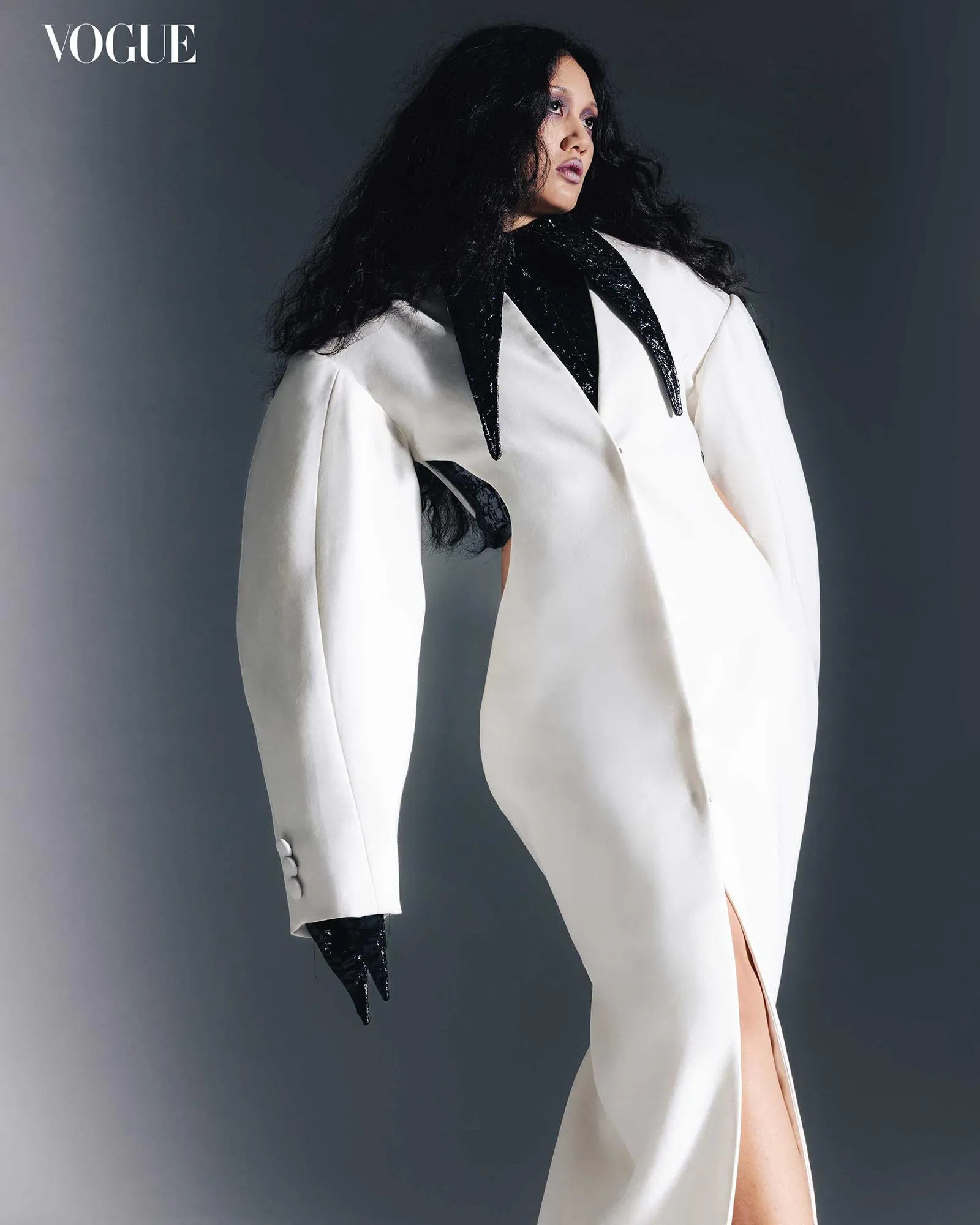
Dwende
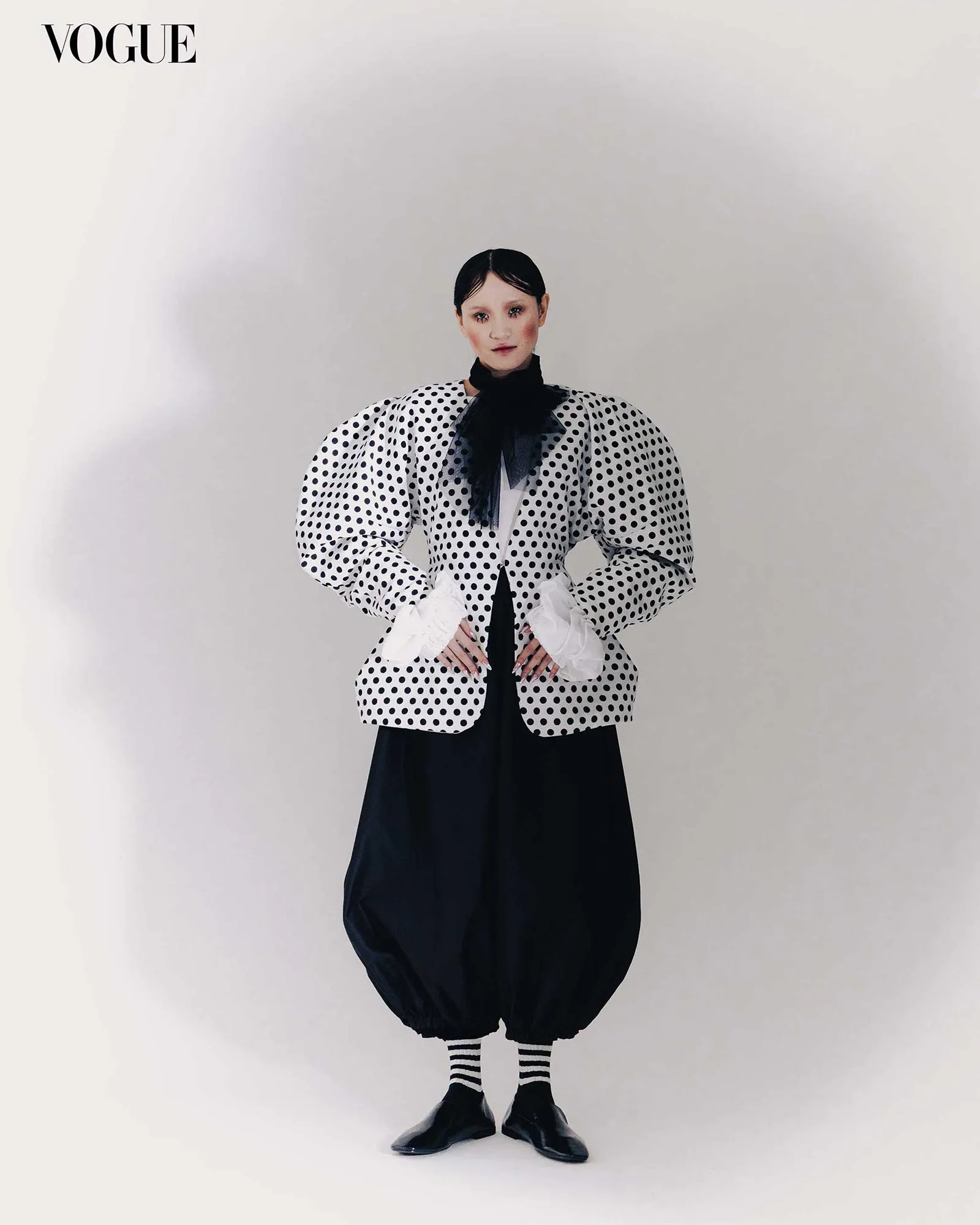
Dwendes can be likened to the dwarves from Norse and Germanic folklore. They are diminutive, mischievous, humanoid nature spirits that can be helpful or harmful. Having dwendes move into one’s house can mean luck for the homeowner. However, angering them, whether accidentally or on purpose, can spell disaster for the humans involved. They love sweets, and have been known to appreciate offerings of candy or pastry.
“In a Bicol belief, clothes must be taken from clotheslines or else dwendes will steal and wear them. Dwende can teach people magic. This includes the power to heal the sick and the power to appear in another place (teleportation),” Gaverza says.
Aswang
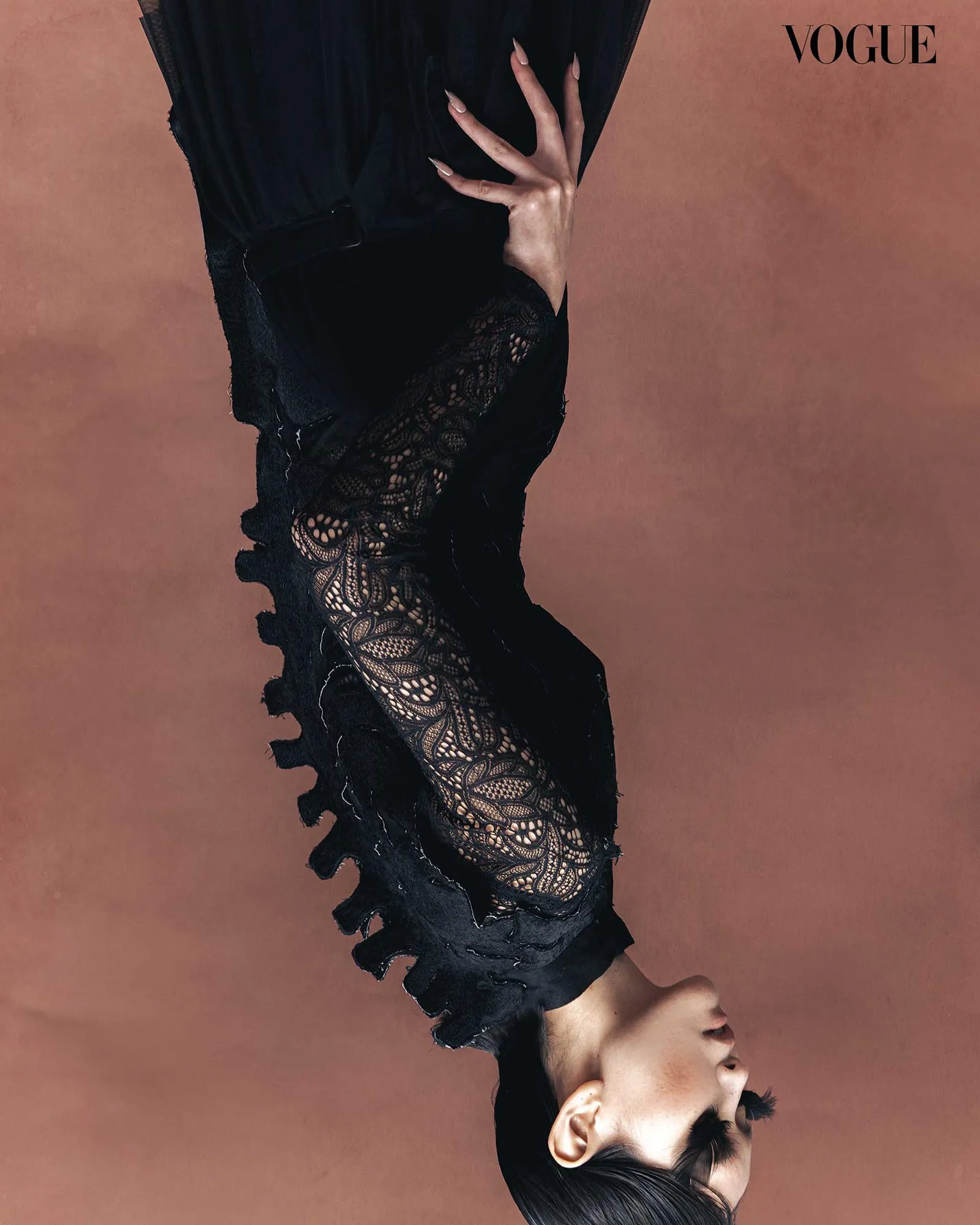
There are many types of aswangs, with the manananggal being the most famous one. There is just something so evocative about a woman cutting herself in half, growing wings, and flying off into the night, her entrails dangling in the wind.
“They avoid specific plants like the saringsing (A Bicolano term for a type of bamboo that has branches growing from a stem) or kagingking (Bambusa spinosa or spiny bamboo) because these will shred its wings. Its entrails may also get tangled in the thorns of the marurugi (another kind of bamboo),” Gaverza says.
But the manananggal does not have a monopoly on detachable body parts. Gaverza mentioned the wuwug from Eastern Visayas which, like the Malaysian penanggalan, which is a flying head with dangling intestines.
These are just the tip of the iceberg when it comes to the Philippines’ lower mythological creatures. There are so many more creatures to learn about (but hopefully not encounter). One has to ask, is there even room for such beliefs in 2025? Gaverza has an answer: “These creatures don’t care if you don’t believe in them. They will hunt you all the same.”
Yvette Tan is a Palanca Award winner and one of the Philippines’ most celebrated horror fiction writers.
By YVETTE TAN. Photographs by BORGY ANGELES. Creative directed and produced by BIANCA ZARAGOZA. Digital associate editor CHELSEA SARABIA. Video by Bea Lu. Makeup: Kim Roy Opog. Hair: JA Feliciano. Models: Leanne Angulo and Christine Jade Bayer. Nails: Extraordinail. Photography Assistant: Rojan Maguyon.
